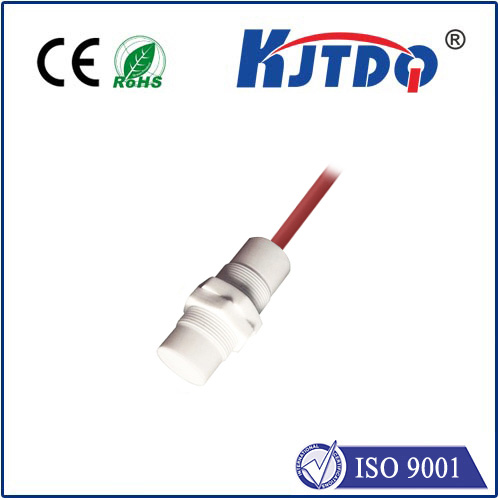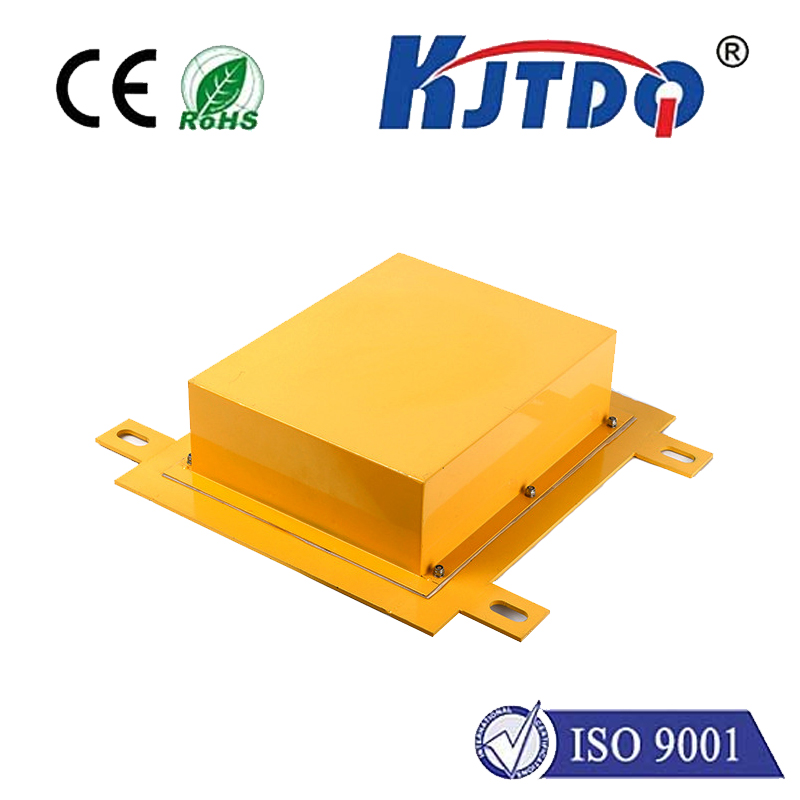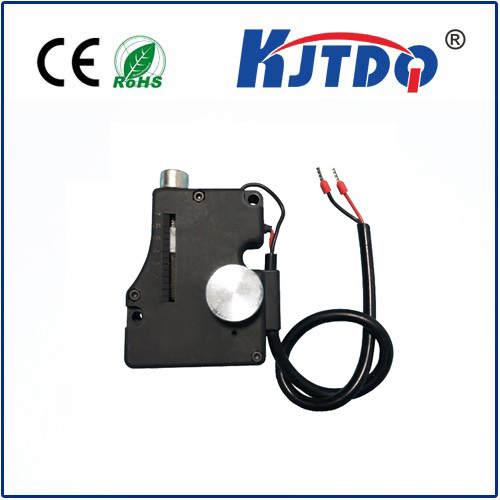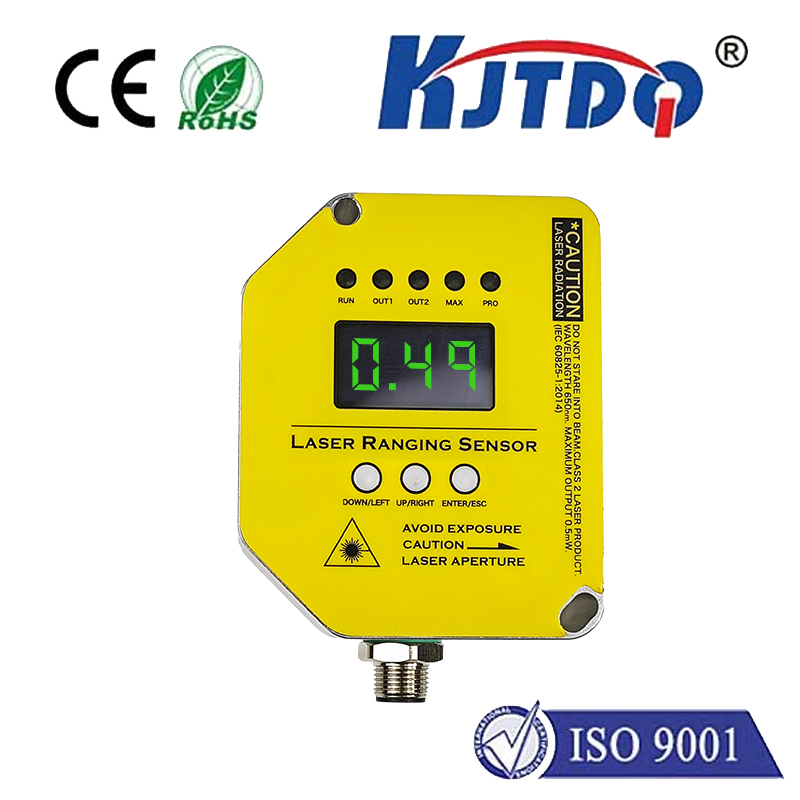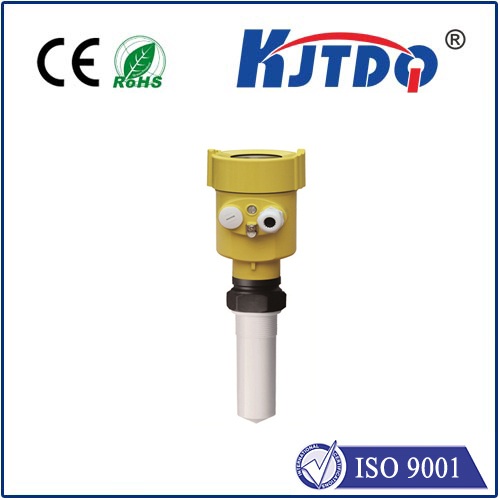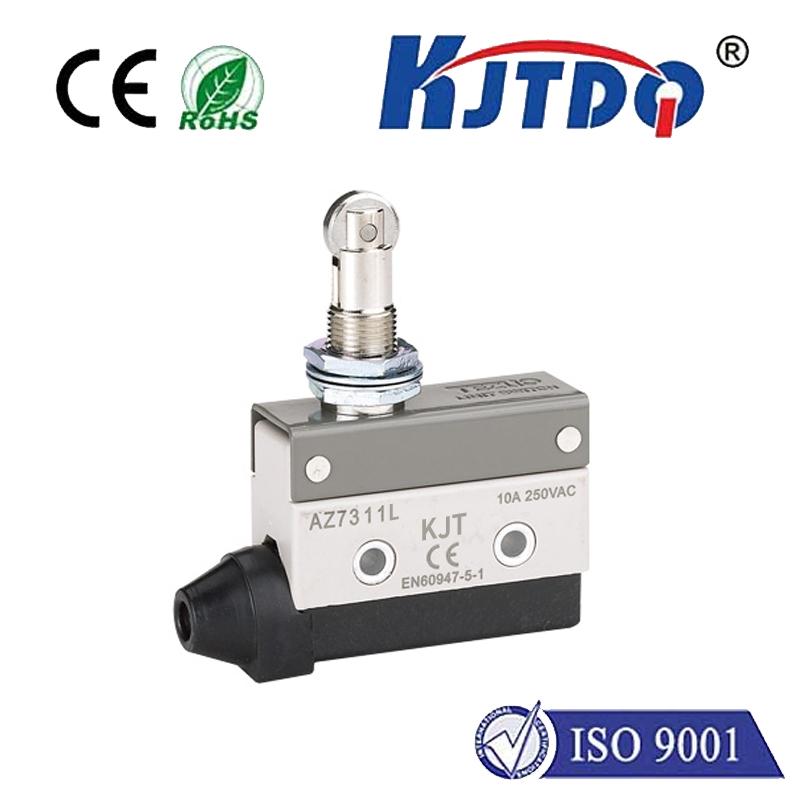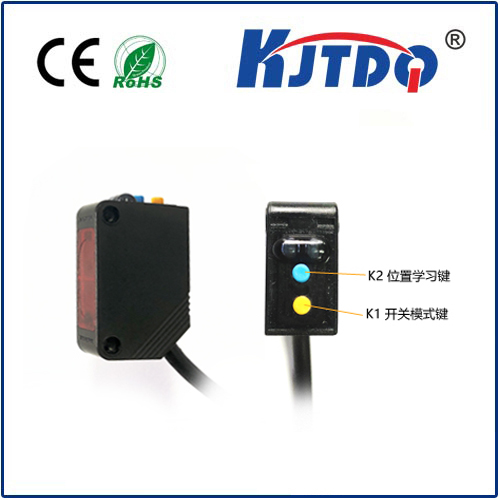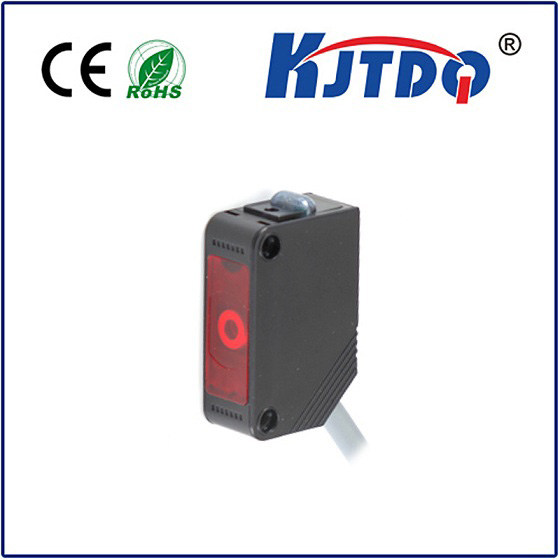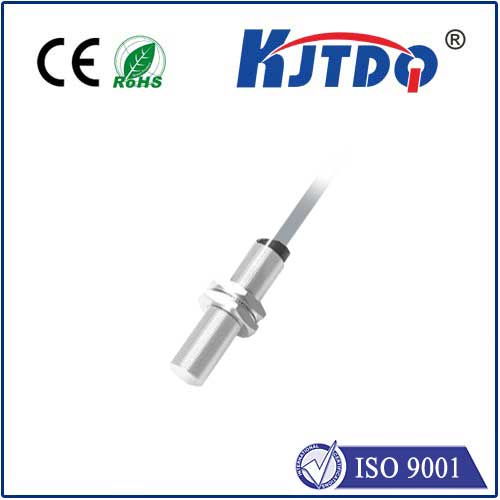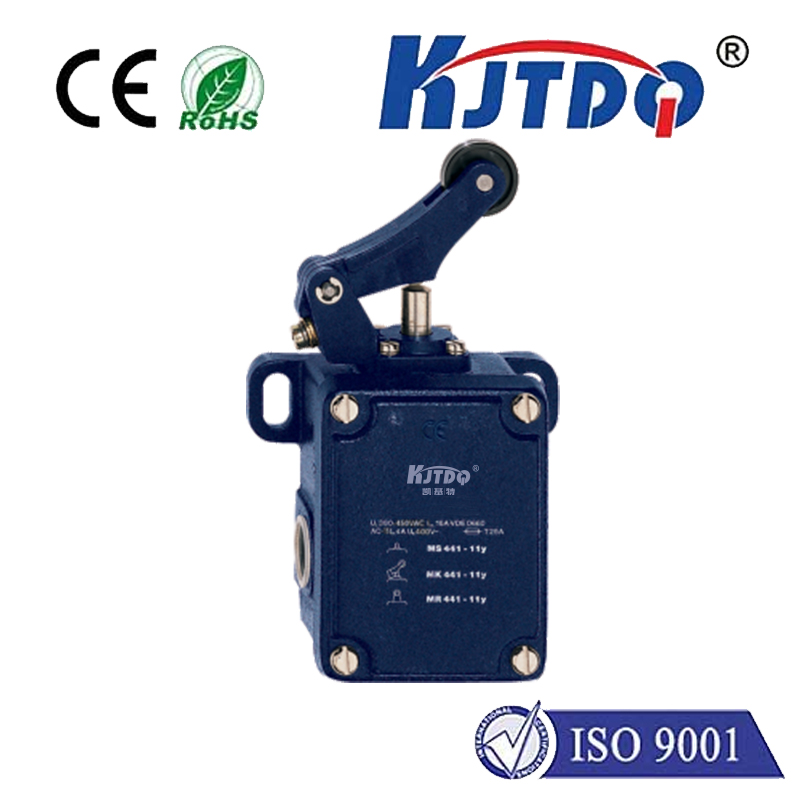
check

check

check

check
In the world of industrial automation, sensors play a crucial role in ensuring efficiency, accuracy, and safety. Among these sensors, the M12 inductive sensor stands out for its versatility, robustness, and reliability. This article delves into the features, applications, and benefits of the M12 inductive sensor, highlighting why it is a preferred choice for various industries.
An M12 inductive sensor is an electronic device designed to detect the presence or absence of a metallic object within a specific range without any physical contact. Named after its thread size, the M12 design ensures compatibility with industry-standard mounting systems. These sensors operate based on the principles of electromagnetic induction, where changes in the electromagnetic field cause a current to flow, thereby signaling the presence of a target object.
Versatility: M12 inductive sensors can detect metal targets of varying sizes and shapes, making them suitable for multiple applications.
Robustness: Built with durable materials, these sensors are capable of withstanding harsh industrial environments, including high temperatures, dust, and vibrations.
High Precision: With their advanced sensing technology, M12 inductive sensors offer high accuracy and repeatability, ensuring reliable detection every time.
Easy Integration: The M12 thread makes installation straightforward, as it fits standard mounting brackets and fixtures used across different industries.

Long Lifespan: Due to their sturdy construction and lack of moving parts, these sensors boast a long operational life, reducing maintenance and replacement costs.
The adaptability of M12 inductive sensors makes them indispensable in several sectors:
Automotive Industry: Used in assembly lines for monitoring parts movement, ensuring components are correctly positioned during manufacturing processes.
Packaging Sector: Facilitates product counting, label verification, and quality control by detecting metal caps or closures in packaging lines.
Material Handling: Enhances automation in conveyor belts, sorting systems, and robotic arms by identifying the presence and position of metal objects.
Hydraulic Systems: Monitors piston positions in cylinders, contributing to precise control and operation in hydraulic machinery.
Implementing M12 inductive sensors into manufacturing operations brings numerous advantages:
Increased Efficiency: By automating detection tasks, these sensors streamline production lines, reducing bottlenecks and downtime.
Enhanced Safety: Reliable detection minimizes the risk of accidents caused by undetected objects or misalignments in machinery.
Cost Savings: Longevity and low maintenance requirements translate into reduced operational expenses over time.
Improved Productivity: Faster response times and accurate detection lead to higher throughput and better overall system performance. In conclusion, the M12 inductive sensor represents a significant advancement in industrial automation technology. Its combination of durability, precision, and ease of integration makes it a valuable asset for manufacturers seeking to optimize their processes. As industries continue to evolve towards greater automation and efficiency, the adoption of such sophisticated sensors will undoubtedly play a pivotal role in driving progress and innovation.
